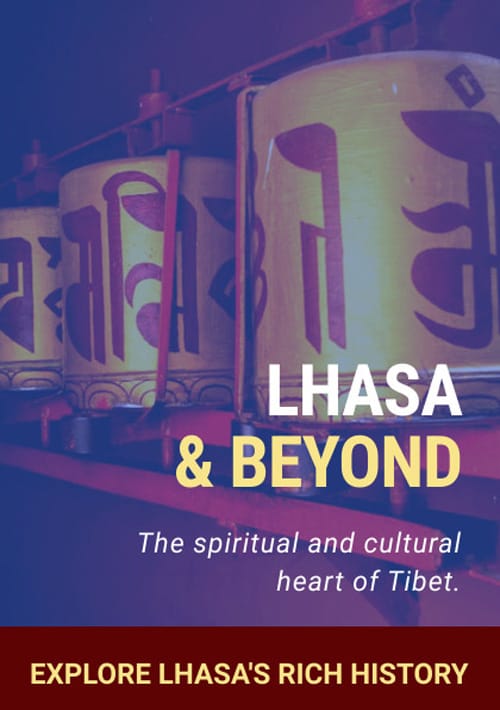Amdo offers travelers a window into the heart of Tibetan culture through its rich traditions, vibrant festivals, and thriving artisan community. Here are some unforgettable cultural experiences that make Amdo Tibet cultural tours a true adventure.
1. Tibetan Festivals in Amdo
- Losar (Tibetan New Year): Celebrated with great enthusiasm, Losar involves family gatherings, prayer rituals, and elaborate feasts. Special dances, traditional music, and colorful costumes make this an unmissable event if you’re visiting during the Tibetan New Year.
- Monlam Prayer Festival (Great Prayer Festival): Held at Labrang Monastery, the Monlam Festival draws thousands of monks and pilgrims. Witness the dramatic Cham dances, devotional rituals, and intricate sand mandalas crafted by monks as a spiritual offering.
- Rebkong Shaman Festival: In Rebkong, the annual festival brings together shamanic traditions, elaborate costumes, and ancient rites performed by the local Amdo Tibetan community, offering a rare look into traditional Tibetan practices.
2. Nomadic Lifestyle and Homestays
- Amdo is home to semi-nomadic Tibetan communities that maintain centuries-old traditions of herding yaks and sheep across the grasslands. Nomadic homestays are a highlight for visitors looking to experience this unique lifestyle up close. You can try local food, participate in daily herding routines, and listen to stories passed down through generations, gaining insight into Tibetan pastoral life.
3. Artisan Workshops and Cultural Arts
- Thangka Painting: Rebkong (Tongren) is famous for its Tibetan thangka art, an intricate form of religious painting depicting Buddhist deities and scenes. Visit workshops to see artists at work, and even try a beginner’s class to learn the basics of this delicate art form.
- Weaving and Carpentry: Amdo artisans are also known for their traditional weaving and woodcraft. Many workshops allow visitors to observe skilled artisans creating everything from intricate textiles to beautiful wooden altars and furniture.
- Tibetan Medicine: Amdo has a rich tradition of Tibetan herbal medicine. Certain workshops and cultural centers offer a look into this practice, sharing insights into medicinal herbs and traditional healing techniques.
4. Amdo’s Culinary Adventures
- Must-Try Foods:
- Tsampa: A traditional Tibetan staple made of roasted barley flour, often mixed with butter tea to form a hearty meal.
- Yak Butter Tea: A salty, rich tea brewed with yak butter and salt, often enjoyed by locals to keep warm in cold climates.
- Tibetan Yogurt (Sho): Known for its distinct tangy taste, Tibetan yogurt is made from yak milk and served in various dishes or as a standalone snack.
- Local Markets: Traditional Tibetan markets in towns like Xining or Tongren are vibrant places to experience the local flavors of Amdo. Here, you can taste Amdo-style dumplings (momo), dried yak meat, and browse for locally-made yak wool garments and handcrafted items.
5. Shopping for Tibetan Handicrafts
- Local markets and artisan shops in Amdo offer a wealth of souvenirs, including handcrafted prayer flags, woven textiles, carved yak bone jewelry, and traditional wooden bowls. Many items carry spiritual significance, making them meaningful keepsakes of your Amdo Tibet tours.
